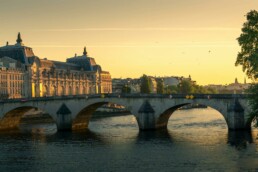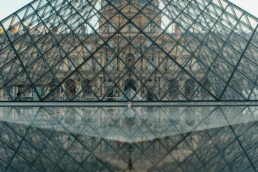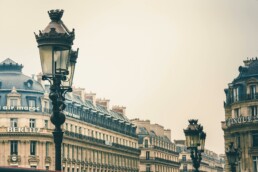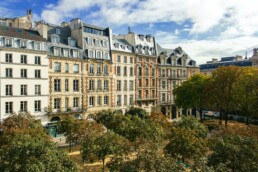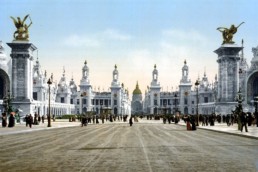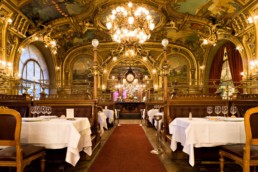Her passion for animals has always remained. Brigitte Bardot decided to take on the challenge and dedicate her life to this cause: animal protection. Today, the Brigitte Bardot Foundation is international, with nearly a hundred thousand donors spread across more than seventy countries. Thousands of animals are saved by the foundation, thanks to the help of a true army of volunteers ready to intervene with adapted vehicles.
I am sensitive to this cause, which is why Secret Parisien wanted to interview Madame Brigitte Bardot.
In 1962, your first fight was for the humane slaughter gun. At what precise moment did you realize that the animal cause was an obvious choice for you?
I have always been close to animals; I was born with this love. But when I learned about the atrocious way animals were killed, massacred in slaughterhouses, I was horrified to know they were slaughtered alive, left to bleed out for long minutes hanging by one leg, head dangling, dripping with blood, struggling to escape death. I decided, with professionals, to present a slaughter gun that would stun them without killing them, leaving them unconscious at the moment of the knife.
Since then, other methods like electronarcosis have been made mandatory. Unfortunately, these methods are being used less and less. This is what I am fighting against. We are going backwards when modern means can reduce stress and suffering.
Better evaluation of substances coming into contact with humans while reducing animal experimentation is a remarkable global approach that unites causes that are too often, and wrongly, set in opposition. Testing molecules intended for humans on animal species is an aberration that denies the fundamental barrier existing between each species. More than twelve million animals are killed each year in Europe alone in laboratory experiments. Unfortunately, France is the country that sacrifices the most animals. The foundation advocates for the development of alternative, non-animal methods, such as the Valitox test.
In addition to its rescue and assistance actions, Madame Brigitte Bardot has met numerous political figures, including François Mitterrand, Dalil Boubakeur, and the Dalai Lama. The foundation works with political authorities to establish new regulations or participate in the revision of existing ones. Thanks to these efforts, she managed to obtain a ban in France on the docking of horses’ tails. Her fight against mistreatment also involves numerous legal actions. For example, she successfully secured the closure of an illegal slaughterhouse.
Which species do you believe is the most threatened?
All wild species deprived of their territories are at risk of extinction in the short term. The shameful “trophy hunts” that allow billionaires to kill a pre-designated target at close range are a scandal that must be urgently banned.
We should all agree with this fundamental rule: animals must be able to live freely in their natural habitat. When confined in captivity, animals develop behavioral disorders and the risks are high. The foundation participates in the rescue of several animals from circuses or other fairs.
Your commitment to animals has led you to experience intense moments. What are the most significant events?
My fight against the infamous slaughter of seals. My fight against the bloody days of the Muslim festival of Eid al-Kebir, where over 250,000 sheep are slaughtered according to the traditions of Abraham’s sacrifice. It is an abhorrent and inhumane carnage. I also fight against the consumption of horse meat. I believe that the horse, a noble animal close to humans, should not end up on our plates. There is also the horrible tradition of Yulin in China, where, on the summer solstice, thousands of dogs and cats are beaten, skinned alive, and thrown into boiling water to be eaten during an annual feast. It is vomit-inducing!
One of the great victories of the foundation is the formal ban on the trade of seal and sea lion products in Europe. Thanks to this campaign, aided by the Sea Shepherd organization, an action was launched with the European Parliament to pressure Denmark to end the slaughter of threatened cetaceans and marine animals.
Its status as a foundation recognized as being of public utility grants it longevity for its future. Thank you, BB.
Lire également :
5 November 2024
The Gare d'Orsay: A Journey Through Time and Art
5 November 2024
The Louvre Pyramid: Symbol of Architectural Boldness
5 November 2024
Baron Haussmann: Architect of Parisian Metamorphosis
5 November 2024
The History of Place Dauphine: A Parisian Evocation
5 November 2024
The History of the Pont Neuf: A Parisian Reminiscence
25 May 2019




